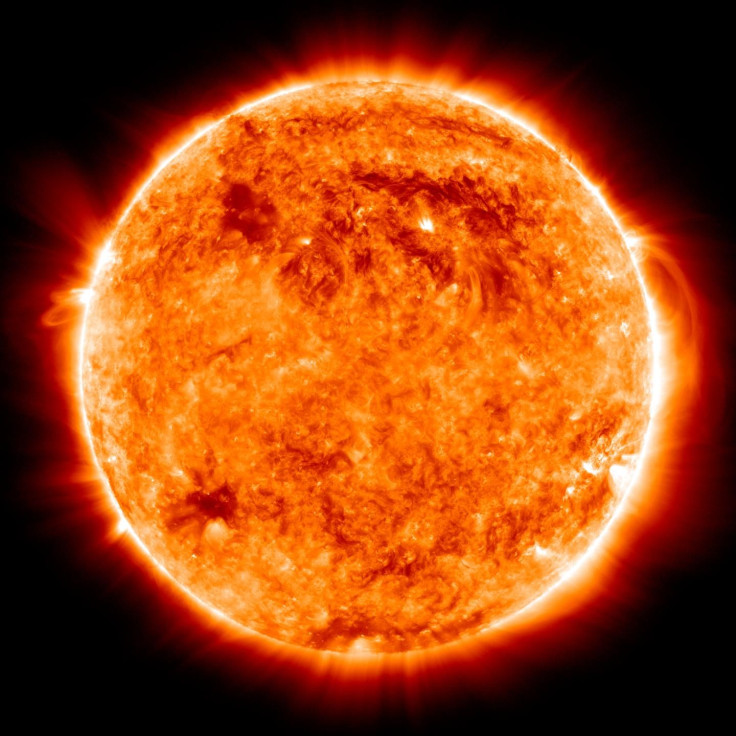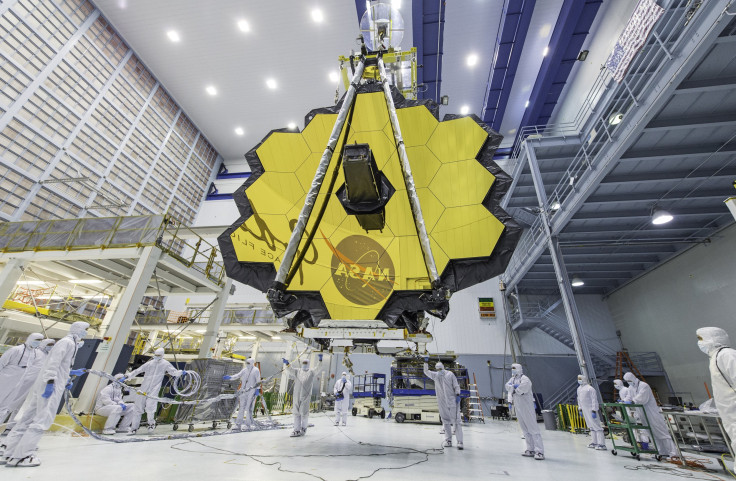What Will NASA Do In 2018? Space Agency Has Exciting To-Do List

NASA announced its to-do list for 2018, and it features a whole lot of exciting projects the space agency will undertake in the months to come. The various activities planned for the year, which also marks NASA’s 60th anniversary, were put together in a neat little video.
For space enthusiasts, perhaps one of the most exciting moments to look forward to in 2018 is the arrival of the NASA’s OSIRIS-REx spacecraft at the asteroid Bennu. Launched on Sept. 8, 2016, it is expected to arrive at its destination in August, where it will spend almost three years. In that time, it will collect a sample from the carbon-rich asteroid. Since the near-Earth object is as old as the solar system, studying a sample from it could also further our understanding of the origin of life as we know it.
There is also a lander being sent to Mars, called InSight. Short for Interior Exploration using Seismic Investigations, Geodesy and Heat Transport, the mission is designed to study the deep interior of the red planet, and scientists hope what they learn will also tell them about how the terrestrial planets of the inner solar system formed about 4.5 billion years ago.
Another mission called the Transiting Exoplanet Survey Satellite, or TESS for short will also be launched in 2018. TESS is a two-year mission that will, like its name suggests, look for planets outside the solar system. The space telescope would do this by looking for incidents of occultation when the light from a star dims temporarily as a planet passes in front of it.
Then, there is the Parker Solar Probe, named in honor of astrophysicist Eugene Parker who discovered the phenomenon of the solar wind. Scheduled for a July launch, the probe will be the first ever to enter the sun’s atmosphere. Called the corona, it has a temperature of millions of degrees, compared to the few thousand of the solar surface, and the probe may help us understand why.

The space agency will also spend time preparing for the launch of a much bigger space telescope than TESS, and that would be for the James Webb Space Telescope, which is the successor to the Hubble Space Telescope. The biggest eye in the sky built by humans is currently scheduled for a spring 2019 launch.
Regular work like sending astronauts to live and work on the International Space Station, launching rockets from the United States by U.S. companies (think SpaceX), and working on deep space habitats for future missions will continue as usual.
There are also some missions that will look at Earth from space. For instance, there is the GRACE satellite, whose launch will replace its precursors. From its vantage point, GRACE will monitor the planet’s water, while ice on Earth would be measured by another satellite called ICESat-2. Both ICESat-2 and GEDI, which will be sent to the International Space Station, will use lasers to make their measurements.
Projects like the X-57 Maxwell electric aircraft, or working on reducing the sonic boom in supersonic flights, are also expected to make headway this year, with the X-57 making its first flight. NASA will also work on finding greener propellants to fire rocket thrusters, and even try to use solar energy to generate electricity for propulsion.
© Copyright IBTimes 2024. All rights reserved.




















